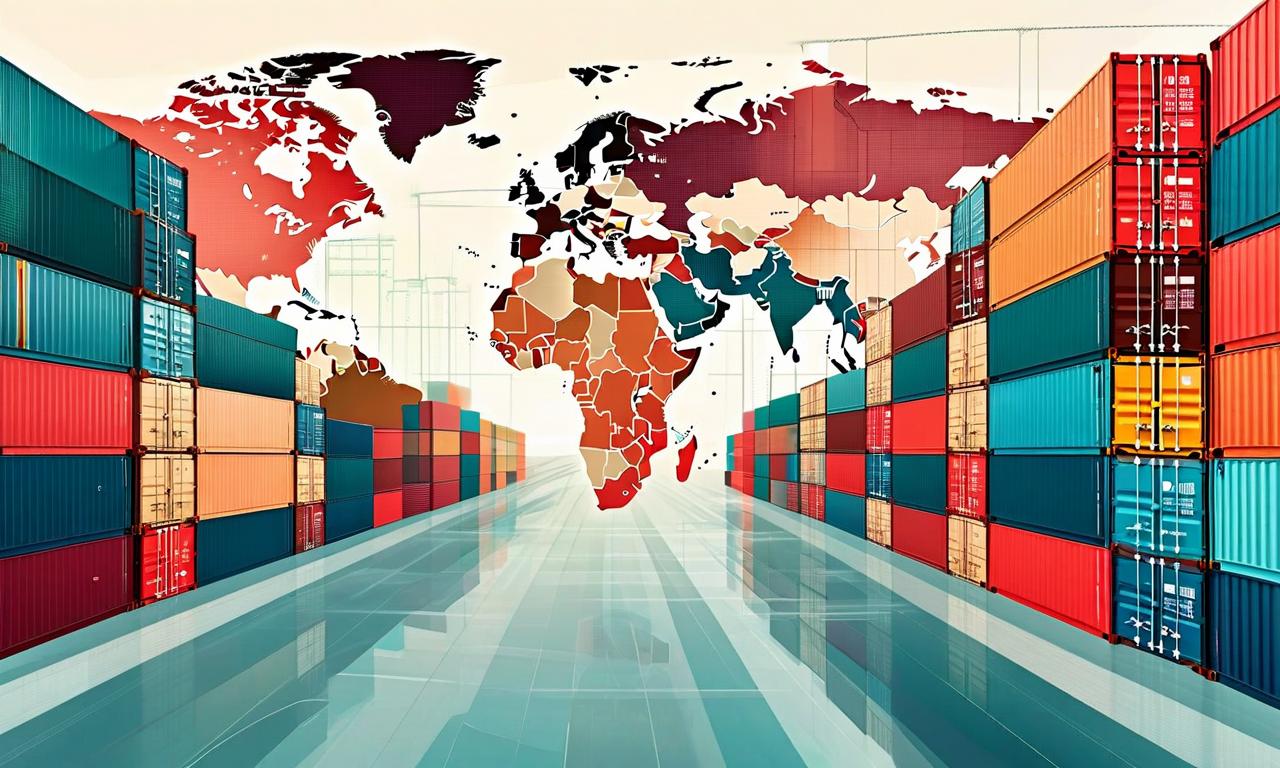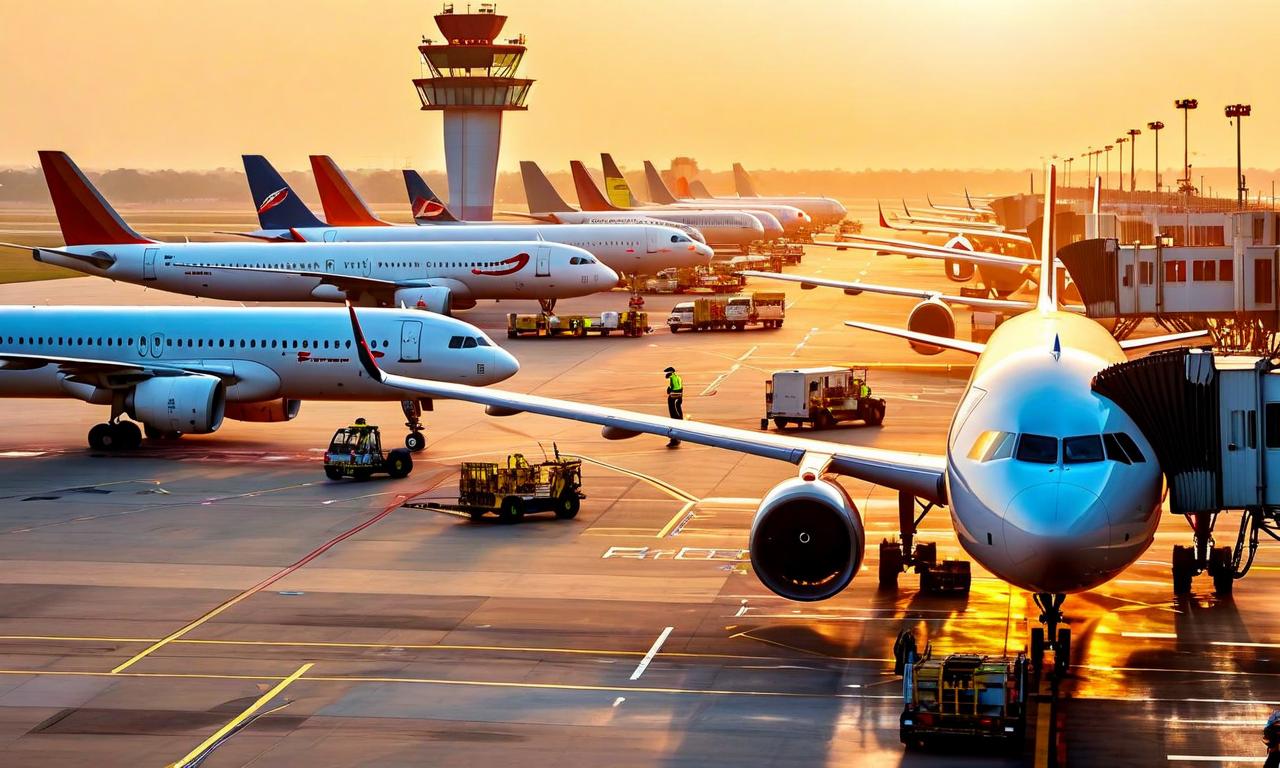US Imposes Tariffs on $48 Billion Indian Exports, India Seeks Mitigation Strategies
The US has implemented reciprocal tariffs on Indian exports worth $48.20 billion. A 25% tariff took effect from August 7, with an additional 25% duty set for August 27. This move affects US-India trade relations, with the US being India's largest single-country trading partner. India is responding by promoting exports in other sectors and diversifying markets. The sixth round of bilateral trade agreement talks has been postponed. Additionally, India is addressing supply chain challenges by diversifying its sourcing of critical minerals through agreements with multiple countries.

*this image is generated using AI for illustrative purposes only.
In a significant development affecting US-India trade relations, the Indian government has reported that $48.20 billion worth of merchandise exports to the United States will be subject to additional tariffs, based on trade values. This move marks a notable shift in the trade dynamics between the two nations.
Tariff Implementation
The United States has begun implementing reciprocal tariffs on certain Indian exports:
- A 25% tariff took effect from August 7
- An additional 25% duty is set to be imposed on more goods from August 27
Impact on Trade Relations
This development is particularly significant given that the US is India's largest single-country trading partner. The imposition of these tariffs could potentially reshape the trade landscape between the two nations.
India's Response
In light of these challenges, India is taking proactive steps to mitigate the impact on its trade:
- Export Promotion: Efforts are being made to boost exports in other sectors or to other markets.
- Market Diversification: India is looking to expand its trade relationships with other countries to reduce dependence on the US market.
Bilateral Trade Talks
The ongoing trade discussions between the two countries have hit a temporary roadblock:
- The sixth round of bilateral trade agreement talks, originally scheduled for August 25-29, has been postponed.
- This postponement suggests potential tensions in the negotiation process.
Global Supply Chain Challenges
Adding to the complexity of the trade situation, India is also grappling with supply chain issues in other sectors:
- China's restrictions on rare earth magnets have created bottlenecks affecting Indian industries, particularly the electric vehicle sector.
- In response, India is diversifying its sourcing of critical minerals through agreements with multiple countries including Australia, Argentina, Zambia, Peru, Zimbabwe, Mozambique, Malawi, and Cote D'Ivoire.
- The establishment of Khanij Bidesh India Ltd. demonstrates India's commitment to acquiring overseas mineral assets to secure its supply chain.
Looking Ahead
As these trade tensions unfold, both nations will likely be keen to find a resolution that balances their respective economic interests. The coming weeks may prove crucial in determining the future trajectory of US-India trade relations and India's position in the global supply chain.

























